I'm working on adding resource policy document to S3 bucket.
It works fine when I create a new Bucket:
const newbucket = new s3.Bucket(this, 'newBucket', {
websiteIndexDocument : 'index.html',
bucketName : 'NewBucket'
});
newbucket.addToResourcePolicy(new iam.PolicyStatement({
effect : iam.Effect.ALLOW,
actions: ['s3:*'],
resources: [newbucket.arnForObjects('*')],
principals: [new iam.AnyPrincipal],
}));
newbucket.addToResourcePolicy(new iam.PolicyStatement({
effect : iam.Effect.DENY,
actions: ['s3:*'],
resources: [newbucket.arnForObjects('*')],
principals: [new iam.AnyPrincipal],
conditions : {
'NotIpAddress' : {
'aws:SourceIp' : '***.***.***.***'
}
}
}));
But if I try to get a bucket that already exists and add policy document it doesn't work:
const existingbucket = Bucket.fromBucketAttributes(this, 'ImportedBucket',{
bucketName :'ExistingBucket'
})
existingbucket.addToResourcePolicy(new iam.PolicyStatement({
effect : iam.Effect.ALLOW,
actions: ['s3:*'],
resources: [existingbucket.arnForObjects('*')],
principals: [new iam.AnyPrincipal],
}));
Resource Policy document won't be added.
Furthermore this code deletes existing policy document and make it blank.
Anyone have experience or solution about this issue?
